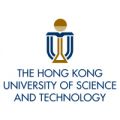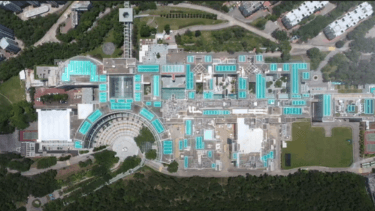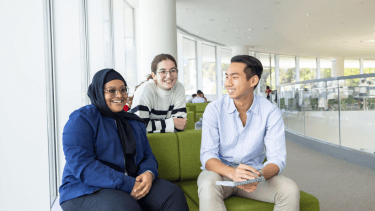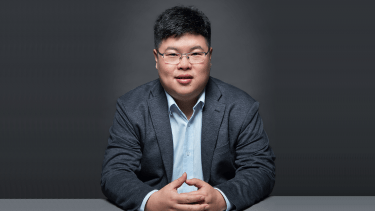While population aging has become a pressing issue worldwide, pioneering technologies can help people live healthier and more fulfilling lives. At HKUST, we are committed to innovations in healthcare research. We strive to develop inclusive technologies to benefit people of all ages and all walks of life.
Breakthroughs in the battle against Alzheimer’s
Research into Alzheimer’s disease (AD) is a key area in which HKUST is an acknowledged world leader. As the most common form of dementia, the disease was first identified over a century ago yet continues to remain a largely unsolved mystery.
HKUST President Prof. Nancy IP, a molecular neuroscientist, and her protégés, Prof. Amy FU and Dr. Fanny IP have made key strides in untangling the mystery. The team has made seminal discoveries in the field, including the world’s first demonstration of effective brain-wide genome editing technology through a single non-invasive intravenous administration. The new system not only crosses the blood–brain barrier, but also delivers an optimized genome-editing tool to the entire brain. This effectively disrupts familial AD -inflicted mutations in AD mouse models and ameliorates AD pathologies throughout the brain, paving the way to novel therapeutic development for the disease.
On the diagnostic front, they have also developed a non-invasive, highly accurate blood test based on Chinese patient data to detect a person with AD. Unlike traditional methods such as cerebrospinal fluid analysis and brain imaging, which are either invasive or costly, the simple test requires only one drop of a person’s blood to test for such a complex, multi-factorial disease. The team developed a scoring system that distinguishes AD patients from healthy people with more than 96% accuracy. The system can also differentiate among the early, intermediate, and late stages of AD, and can be used to monitor the progression of the disease over time.
More recently, the team worked with the University’s Big Data Institute, led by Prof. CHEN Lei, and developed the world’s first artificial intelligence-based model that uses genetic information to predict an individual's risk of developing AD well before symptoms occur. They established one of the first deep-learning models for estimating AD polygenic risks in both European-descent and Chinese populations. Compared to other models, these models more accurately classify patients with AD and stratify individuals into distinct groups based on disease risks associated with alterations of various biological processes.
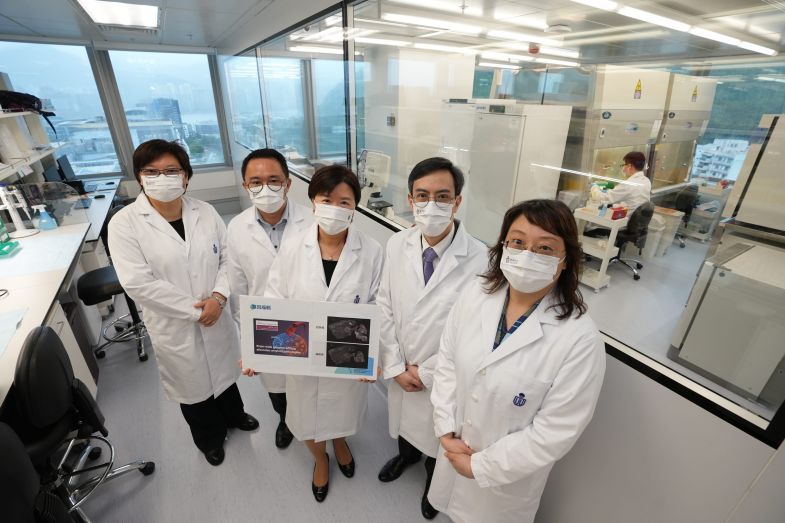
HKUST President Prof. Nancy IP (middle) and her research team have made groundbreaking discoveries in the early detection of Alzheimer’s disease.
Artificial eye brings hope to the visually impaired
The development of the world’s first 3D artificial eye by a team of HKUST scientists is yet another significant recent advance. The visual performance of the artificial eye is not only measurably better than existing bionic alternatives but also exceeds those of human eyes in some areas. In addition to bringing new hope to patients with visual impairments, it can also be integrated into humanoid robots.
The invention is the result of work by Prof. FAN Zhiyong, Professor of Department of Electronic and Computer Engineering, his departmental colleague Dr. GU Leilei, and their team. Successfully replicating human eyes’ visual signal transmissions on a computer screen, the new bionic eyes boast a density of photoreceptors six to nine times higher than those found on human retinas. The artificial eyes can also “see” a wider light spectrum than their biological counterparts: while human eyes only respond to wavelengths of from 380 to 700 nanometers, the bionic versions are sensitive enough to detect near infrared light wavelengths of up to 800 nanometers.
The professor and his fellow researchers are now busy perfecting an electronic nose made from an array of powerful gas sensors and various electronic circuitry. Designed for environmental detection, safety, and health purposes, the new nose can “sniff out” and identify concentrations of dozens of poisonous and flammable gases. In addition to natural gas leaks, specific examples include formaldehyde, methane, and even certain toxic gases found in cigarette smoke.

The world’s first spherical artificial eye with 3D retina
Less dosage but higher efficacy
Another team, made up of synthetic biologists at HKUST, has identified a way that could increase synthetic mRNA’s protein production efficiency by up to tenfold. Their discovery means the effectiveness of mRNA vaccines and drugs – such as those used against cancer, Covid-19 or other genetic diseases – will be greatly boosted with even less dosage of the mRNAs.
Led by Prof. Becki KUANG Yi, Assistant Professor at the Department of Chemical and Biological Engineering, the team engineered mRNA's tail sequences. They eventually discovered optimized sequences that could produce 3 to 10 times as much proteins than unoptimized tail sequences commonly used for synthetic mRNAs on both human cells and on mice. Duration of protein production is also doubled.
This does not only reduce the dosage and the number of injections needed for mRNA drugs and vaccines but will also potentially lower the cost of treatments. The team is now investigating ways they can combine their discovery with other mRNA enhancement technologies used to synergically boost/in synergistically boosting protein production.
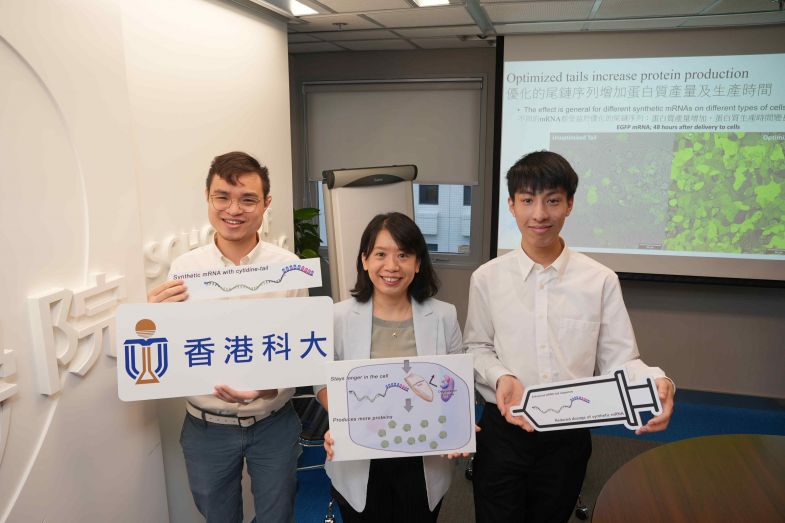
Prof. Becki KUANG (middle) and her team have discovered a new way to boost the effectiveness of mRNA drugs and vaccines.
